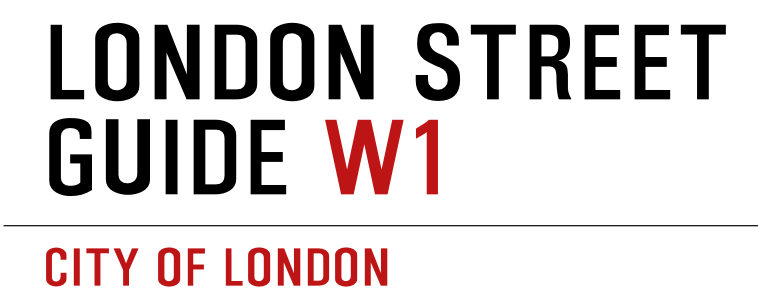Place Name
Henry William Haygarth (1821 – December 31, 1902) was the “kindly, open and sincere” long-serving vicar of Wimbledon, who campaigned for the slum clearance of Dog and Fox Alley near here. He was also a leading advocate of the anti-booze campaign, becoming the president go their local branch of the Anglican Temperance Society. In a speech made at the Lecture Hall of the Village Club in March 1868, he complained: “Intoxication is out most baneful national sin” adding “in this parish the evils of drink are too apparent”. His answer to this problem was clear, “a glass of water,” he declared, which “if at hand” would lead “working men to refrain from a public house”. This perhaps not as pious as it may at first sound (beer was still a popular way for quenching thirst at a time when water supplies weren’t necessarily guaranteed), for at the meeting he proposed setting up a drinking-fountain at the top of Wimbledon Hill Road, which was named in memory of Joseph Toynbee, a leading ear, nose, and throat specialist and founder of the Village Club, who had died suddenly two years earlier. Haygarth also led like-minded clergy in a “special mission” to all the local public houses and beershops, but this direct action did little to stop the bad habits of the locals. More success was found in the opening of a viable alternative, a coffee tavern. Set up by an evangelical solicitor James Van Sommer, and backed by Haygarth and other leading residents, The Welcome, was opened in 1877, opposite The Dog and Fox pub. As well as reading and coffee rooms, it offered a lending library, a club room and a penny bank. Early success led to more being opened around the area, but within five years they began to flounder and by 1900 only The Welcome remained until that too, succumbed to market forces. The pubs, meanwhile, stayed open. His efforts to maintain Anglican predominance in the parish also struggled, despite overseeing the building of 10 new churches also failed to stem the popularity of in-coming religious groups, including the Roman Catholics. But his 40-year tenure in Wimbledon was very much a second life. He was the son of the poet William Haygarth and his wife Frances Parry. After attending Eton, he went to Australia, spending eight years in the bush, settling at a station 230 miles south-west of Sydney, then called Buckley’s Crossing (now Dalgety). Haygarth’s Recollections of Bush Life in Australia was first published in 1848, and later reprinted. The book relates to the settlement by whites of the Monaro region and is sympathetic to the local Ngarigo people rather than the local administrator John Lambie. On his return he studied Magdalen Hall, Oxford, getting his degree in 1847, at age 26. This was followed with an MA at Exeter College. He was ordained in 1853, and was a curate for two years at Chigwell, followed by four years at Chingford. He became vicar of Wimbledon, Surrey in 1859, and was made an honorary canon of Rochester Cathedral in 1878. He was also Rural Dean of Barnes from 1871 to 1892. He died at the Vicarage, Wimbledon, on New Year’s Eve 1902. Given his prominence and importance in the town, it seems unusual that it had taken so long for him to be honoured with a street name. This was eventually remedied in 1979 when some former garages were demolished and replaced with housing.
![]()
